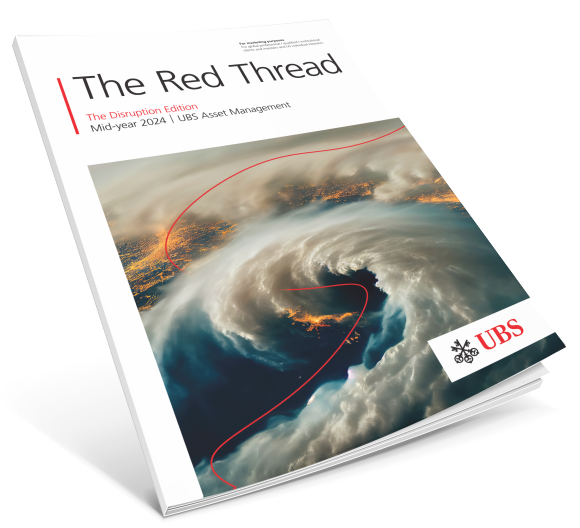
An introduction from Barry Gill,
Head of Investments
An introduction from Barry Gill,
Head of Investments
"[What counts is] competition from the new commodity, the new technology, the new source of supply, the new type of organisation … competition which … strikes not at the margins of the profits and the outputs of the existing firms but at their foundations and their very lives." Joseph Schumpeter
Disruption is hard to define. In its broadest sense, it can be anything that interrupts an event, activity or process. In this publication, we focus largely on the technological and commercial side of its far-reaching tentacles. And where we choose to lean into its geopolitical tendrils, we do so from a sustainability lens – to cover political disruption more widely would warrant a whole separate edition!
Ultimately, disruption (and by extension innovation) is key to business and the global economy. Technological change is the driving force behind productivity, which is in turn the driving factor of economic output. Investors who aren’t thinking about disruption are neglecting their duties. Disruptive innovation is often created in markets that incumbent industry leaders overlook. The investor’s dilemma tackles the thorny issue of valuing hyper-growth companies, concluding a blend of art and science is necessary. Magnificent moats looks at the current crop of superstar companies and their relative competitive advantages. Megatrends and disruptive innovation argues our sector- and country-based view of equity markets is somewhat anachronistic and that we should invest along ‘big picture’ theme-based lines.
Explore our insights



